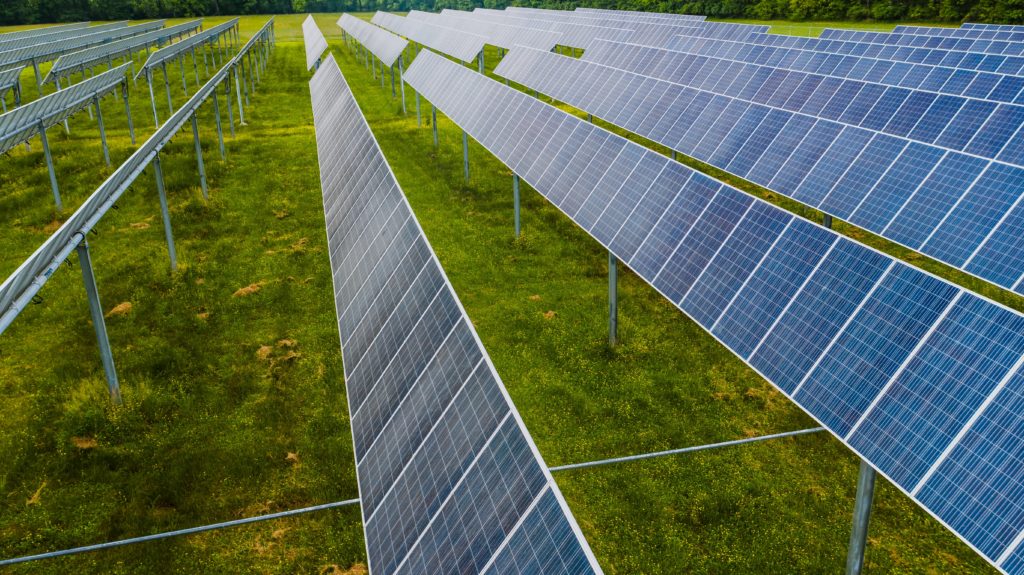
by Divya Singh,Vasudha Foundation
India under Pandemic and Green Recovery
2020 sees the world struggling with the socio-economic impacts during the different phases of the global pandemic caused by the Covid 19 virus. Across the globe, people protected themselves, countries-imposed lockdowns and physical distancing measures. Especially in countries which reacted too late this led to significant suppression of consumption, reduced industrial production, and led to loss of jobs. In India too millions of people have lost jobs, the economy has significantly shrunk, and economic growth has slowed down. The first set of measures introduced by the Government of India (GoI) to restart the economy has been more to ‘rescue’ households and businesses from the immediate economic distress. But as soon as things improve, and medium to long-term economic stimulus package are being planned, policy makers are being called upon to ensure that the fiscal stimulus package helps build a cleaner, and a more resilient and inclusive future. In this context, the Renewable Energy (RE) sector in India is being seen as the main driver of ‘Green Recovery’ in the aftermath of the pandemic.
Renewable Energy at the heart of Green Recovery
The Government of India has over the years, laid the foundation of RE generation in India through robust policies, strategies and interventions, leading to a rapid expansion of RE generation in the country. As of July 2020, India has already established 88 GW of RE power generation capacity to meet its target of 175 GW by 2022. For India, RE is particularly important as it provides a low-carbon, cost-effective pathway to providing energy security to millions of energy deprived people in the country. Through a framework of policies and fiscal incentives, GoI has encouraged private investments in the sector, which is generally reluctant to invest in RE given the associated risks, and non–availability of low-cost debt.
India’s ambitious RE targets got a shot in the arm due to the falling capital costs involved in setting up RE projects. According to the latest statistics provided by Vasudha Foundation, electricity costs from utility-scale solar PV fell from USD 0.084 per kilowatt-hour (kWh) in 2015 to 0.034 USD in 2019. The decline in the cost of electricity from wind power plants has been quite similar, making it extremely cost–effective to produce electricity from renewable sources. The cost of electricity from a Rooftop PV, which is the fastest growing renewable sub–segment in India, is also the lowest in the world. The levelized cost of energy (LCOE) of rooftop PV in India for both residential ($0.077/kWh) and commercial ($0.062/kWh) consumers are one of the lowest in the world and comparable only to some of the sunniest parts in Australia and U.S. The commercial and industrial consumers are now starting to get interested in setting up large scale rooftop solar PVs and ready to sign power purchase agreements indicating their confidence in a maturing technology. These developments are likely to reduce the cost of power generation in the country, and improve the financial sustainability of the sector, making both cost optimization and decarbonization probable. Expansion in RE generation in India will also help in garnering huge fiscal and external saving owing to the reduced dependence on the oil imports, and reduction in subsidies given to fossil fuels. Investments in the RE sector will also help in creating much needed jobs since RE sector has more jobs per dollar spent than any other conventional fossil fuel industry. Importantly, it will also contribute to reducing India’s greenhouse gas emissions. According to an estimate provided by the GHG India platform for 2014, replacing the coal-based public electricity generation capacity with renewables would reduce annual carbon dioxide (CO2) emissions approximately by around 1041 million tons of CO2 equivalent. It would help India meeting the targets set in its NDC.
Along with the utility scale RE units, the Indian Green Recovery plans should emphasise Distributed Renewable Energy (DRE) or decentralized RE solutions such as off–grid and mini grid RE deployments as they can help in improving energy access, equity, economic development, and provision of jobs in rural India. To augment the RE generation and uptake, the government must also invest in modernising grids that helps integrate variable and intermittent RE to the grid. Investments must also be made in energy storage technologies so that the issue of RE intermittency can be effectively dealt with. It is also important to undertake the education and skilling processes for workers to enable them to take jobs in the RE sector.
Through its first economic package in early 2020, the government placed the RE utilities under essential services, and approximately 30 percent of the energy demand was met by RE. The Indian Government announced a USD 265 billion package, out of which the Power Distribution Companies (DISCOMs) were given a one–time liquidity infusion of US$ 12 million. The immediate impact of lockdown was cessation of demand from the commercial and industrial sectors, leading to a significant impact on the DISCOM revenues. In this environment, DISCOMs are refraining from signing power purchase agreements (PPAs), which can significantly impact the RE investments and jeopardise the future of the RE sector. The timely help given by the government through the stimulus package is a welcome decision therefore. While these are short-term measures, GoI must now formulate long-term plans and policies for encouraging the RE sector through the stimulus package to set the pace for a cleaner and greener recovery. This might not be possible though without financial and technical assistance from India’s multilateral and bilateral partners, who will be able to provide the much-needed capital for investments in the RE sector and technical expertise that can help the sector grow.
Growth of RE sector in India through Indo–German Cooperation
In this regard, Indo–German financial and technical cooperation can play an important role. The German Government can help GoI’s investment de-risking measures (1) by providing financial support to GOI’s feed–in–regulations and support schemes, (2) by providing partial risk guarantees for large scale projects, and (3) by entering into public–private partnership with German investors keen to invest in RE, DRE, and energy grids in India. It will be important for the Indian and the German governments to collaboratively establish a de-risking framework, where each covers a part of the risk entailed in investment. Also, the German development agencies can provide low-cost, long-term loans for Indian RE projects.
Government of India and German Government should collaborate on joint research and development in RE and DRE technologies. The Indo–German Energy Forum is a great platform, which can bring the various stakeholders; including actors from the private sector, together for the exchange of ideas for collaborative R& D. Joint R& D can also be linked to skill training programmes for workers across sectors. Additionally, the Indo–German Energy Forum can be used to attract private investment from German and European companies into the Indian RE market.
India and Germany have also been collaborating on a multi-year GIZ project on Green Energy Corridor, which is aimed at strengthening the power transmission infrastructure in India for greater integration of RE into the grid through technological cooperation. This project can be taken forward to foster cooperation on issues of:
- grid modernization for the effective integration of RE into the grids,
- grid extension in areas with high RE potential,
- development and improvement of energy storage technologies both for on–grid and off–grid RE technologies,
- sector coupling (mobility / heating/cooling)
- development of human capacity and skills to better integrate RE into the grid, and
- for provision of analysis and recommendations on the regulatory measures and technical standards in India to enable larger penetration of variable RE generation into the mainstream power network.
While the commitment of GoI to the RE sector is quite significant, it is clear that due to cash strapped economy in the aftermath of the pandemic, India will require significant technical and financial help from the world at large. Indo–German cooperation can play a huge role in this regard. Germany’s Energiewende (“energy transition”) has made the country a world leader in renewable energy development. India can learn from the technology solutions, policy examples and administrative experience from the Germany’s Energiewende.



